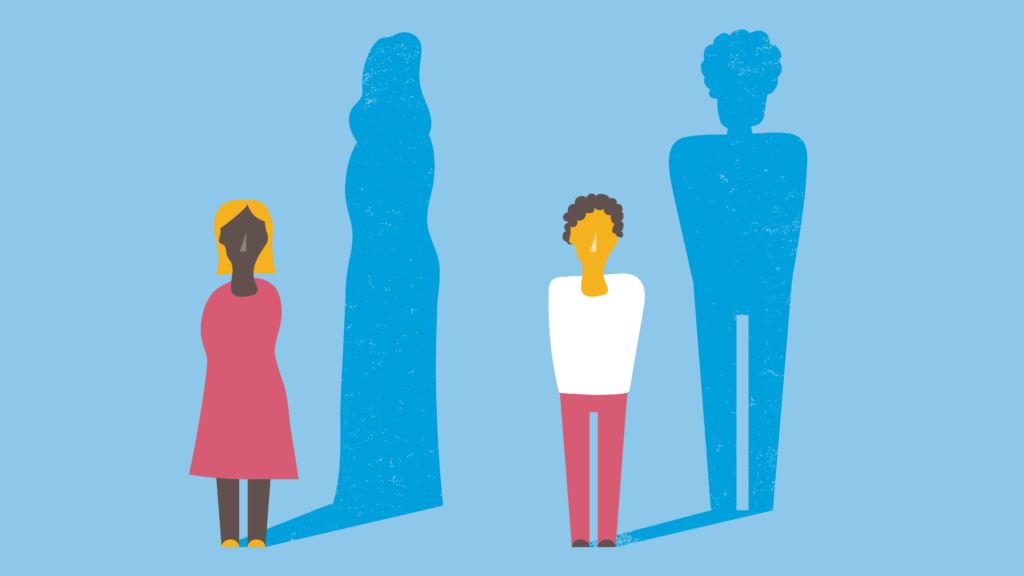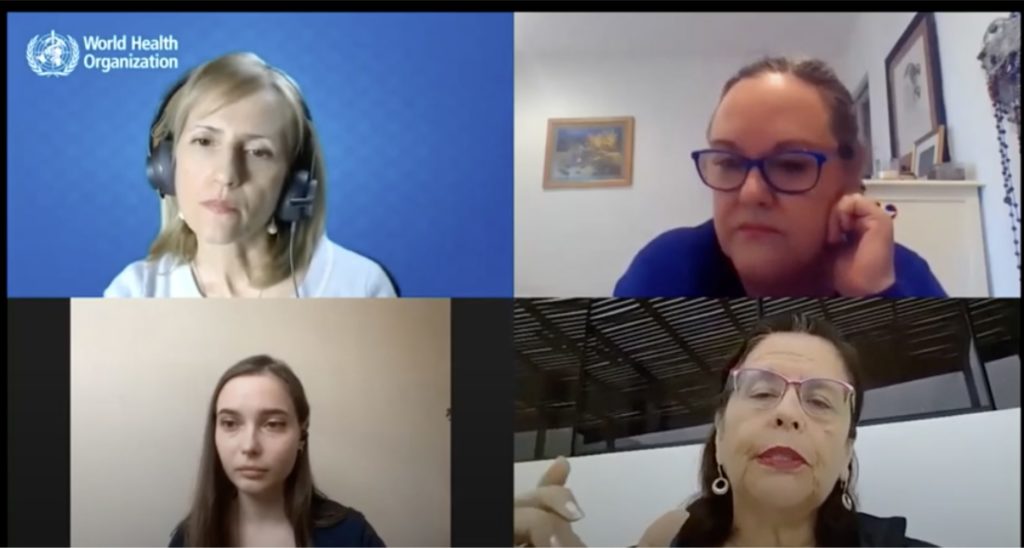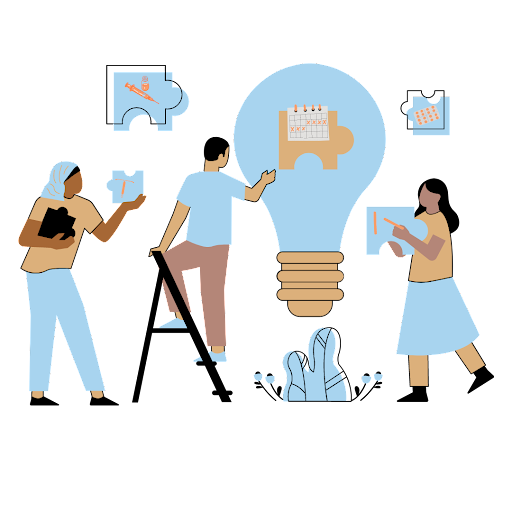About “Connecting Conversations”
“Connecting Conversations” is a series tailored specifically for youth leaders and young people, hosted by FP2030 and Knowledge SUCCESS. Featuring 5 modules, with 4-5 conversations per module, this series presents a comprehensive look at Adolescent and Youth Reproductive Health (AYRH) topics including Adolescent and Youth Development; Measurement and Evaluation of AYRH Programs; Meaningful Youth Engagement; Advancing Integrated Care for Youth; and the 4 Ps of influential players in AYRH. If you’ve attended any of the sessions, then you know these are not your typical webinars. These interactive conversations feature key speakers and encourage open dialogue. Participants are encouraged to submit questions before and during the conversations.
Our third series, One Size Does Not Fit All: Reproductive Health Services Within the Greater Health System Must Respond to Young People’s Diverse Needs, began on March 4 and will consist of four sessions. Our next sessions will be held on March 18 (How can services better meet the diverse needs of young people?), April 8 (What does it look like to implement an adolescent responsive approach?), and April 29 (How can our health systems serve adolescents as they grow and change?). We hope you’ll join us!
Want to Get Caught Up on Module One?
Our first module, which started on July 15 and ran through September 9, focused on a foundational understanding of adolescent development and health. Presenters—including experts from organizations such as the World Health Organization, Johns Hopkins University, and Georgetown University—offered a framework for understanding adolescent and youth reproductive health, and implementing stronger programs with and for young people. You can watch recordings (available in English and French) and read session summaries to catch up.
Want to Get Caught Up on the First Two Conversation Series?
Our first series, which ran from July 15 through September 9, 2020, focused on a foundational understanding of adolescent development and health. Our second series, which ran from November 4 through December 18, 2020, focused on critical influencers to improve young people’s reproductive health. You can watch recordings (available in English and French) and read conversation summaries to catch up.








